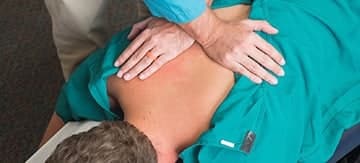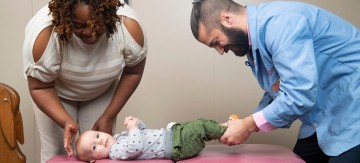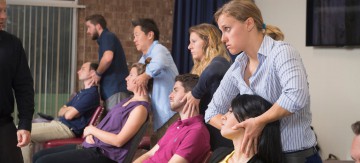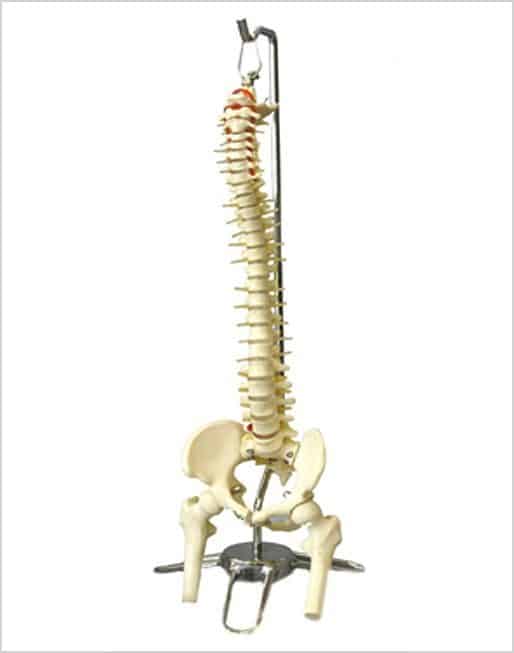[et_pb_section bb_built=”1″][et_pb_row][et_pb_column type=”4_4″][et_pb_text]
What is the ideal spine? This question was brought to the forefront of my mind after day one of spinal biodynamics II. It is a subluxation-free spine, right? I think that answer is about as useful as answering Jesus to a catechism/Bible school question. Subluxation is the aspect that a chiropractor is trained to help improve the structural integrity of the spine as well as the overall health of an individual, but I think the ideal/perfectly formed spine has a little more involved than simply lacking nerve interference. I think there must be an optimal shape, curvature, dynamic interaction between the vertebrae that optimize an individual’s ability to function and hold an adjustment for an extended period of time.
For spinal dynamics, I read an article written by Dr. Don Harrison Ph.D., DC, MSE and Tad Janik, Ph.D. along with following up work by Deed Harrison, DC. These
doctors have mathematical justification for the ideal spine as a system of curves based on ellipsoidal arcs. They used mathematics to show that the curves, along with the anatomy of the bones, muscles, ligaments, and joints, work together to minimize stress and compression. The original 1979 article also stresses the importance of the lordotic curve in the neck to prevent anterior movement of the skull.
Fig 3.3 Harrison, D. (1979). The ideal normal
upright static human spine.
I find this very interesting concerning the many numbers of whiplash cases that I have personally been involved in. I am also aware that forward head posture is also rising in prevalence from the increase in technological use coupled with sedentary lifestyles in America.
When correcting the spine, chiropractors have to choose how involved to become in the process of correcting the structural loss of curvature. There are specific chiropractic techniques, stretches, traction machinery, and spinal decompression machinery which can more specifically address this issue; however, doctors must keep in mind their commitment to address subluxation first. I hope that as I continue my learning at Sherman, I will get to hear more about options for helping patients function to their fullest.
[/et_pb_text][/et_pb_column][/et_pb_row][/et_pb_section]






